Bolivia: A Land of Diversity and Contrasts
Bolivia, located in the heart of South America, is a land of incredible diversity and contrasts. From soaring mountain peaks to lush rainforests and vast salt flats, Bolivia offers a wealth of natural wonders and a rich cultural heritage. Let’s explore this fascinating country’s unique attractions and hidden gems.
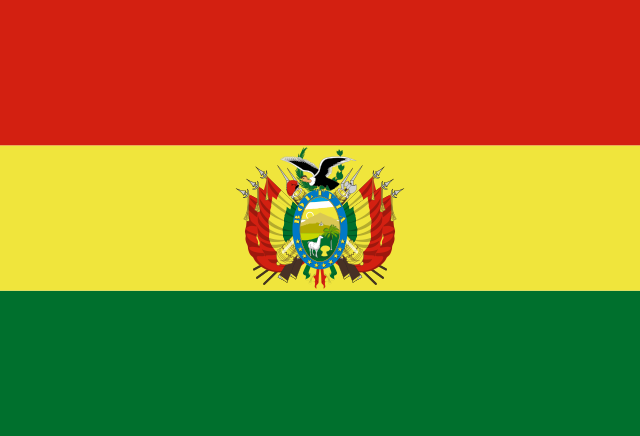
Cultural Heritage: A Melting Pot of Indigenous and Colonial Influences
Bolivia’s cultural tapestry results from the fusion between its indigenous heritage and Spanish colonial history. Indigenous traditions, languages, and customs remain deeply ingrained in the fabric of Bolivian society. Explore the colorful markets of La Paz, visit ancient Inca ruins like Tiwanaku, and immerse yourself in the vibrant folklore and music of the Andean highlands.
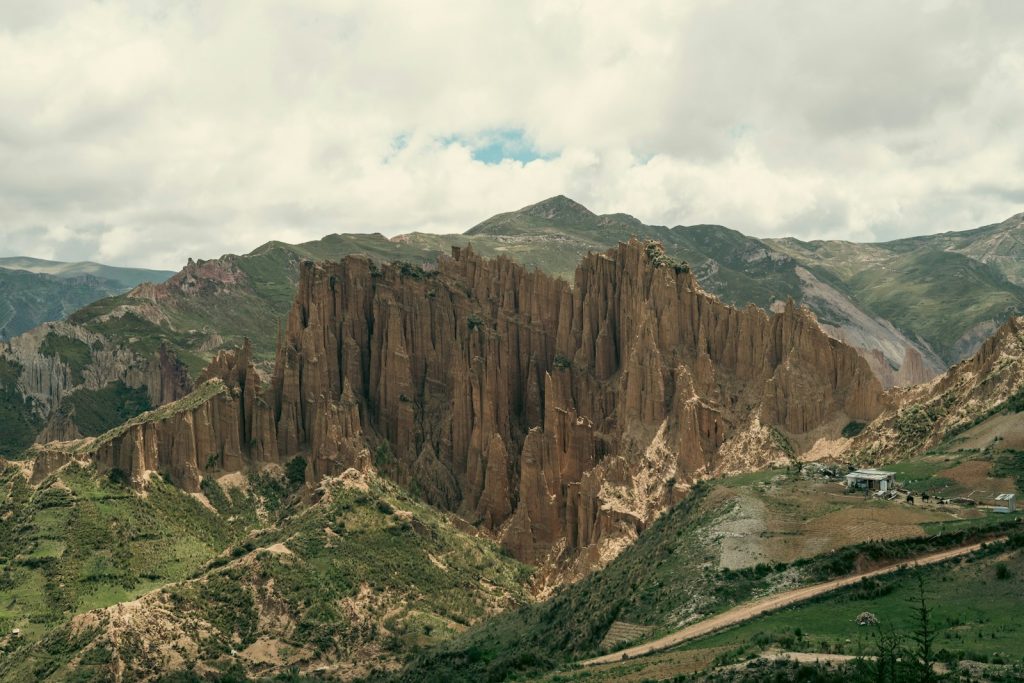
Breathtaking Landscapes: Exploring Bolivia’s Natural Wonders
Bolivia boasts a diverse range of landscapes that will leave you awe-inspired. The country is home to the snow-capped peaks of the Andes, stunning high-altitude lakes like Lake Titicaca, and the expansive Amazon rainforest. Travelers can also marvel at Bolivia’s dramatic canyons, lush valleys, and cascading waterfalls, making it a paradise for nature enthusiasts.

The Majestic Andes: A Playground for Adventurers
For adventure seekers, the Bolivian Andes offer a playground of exhilarating activities. Embark on a thrilling trek to Mount Illimani or challenge yourself with a climb up Huayna Potosí. Alternatively, mountain biking down the notorious Death Road is an adrenaline-fueled experience not to be missed. The Andes also provide excellent opportunities for hiking, skiing, and paragliding.
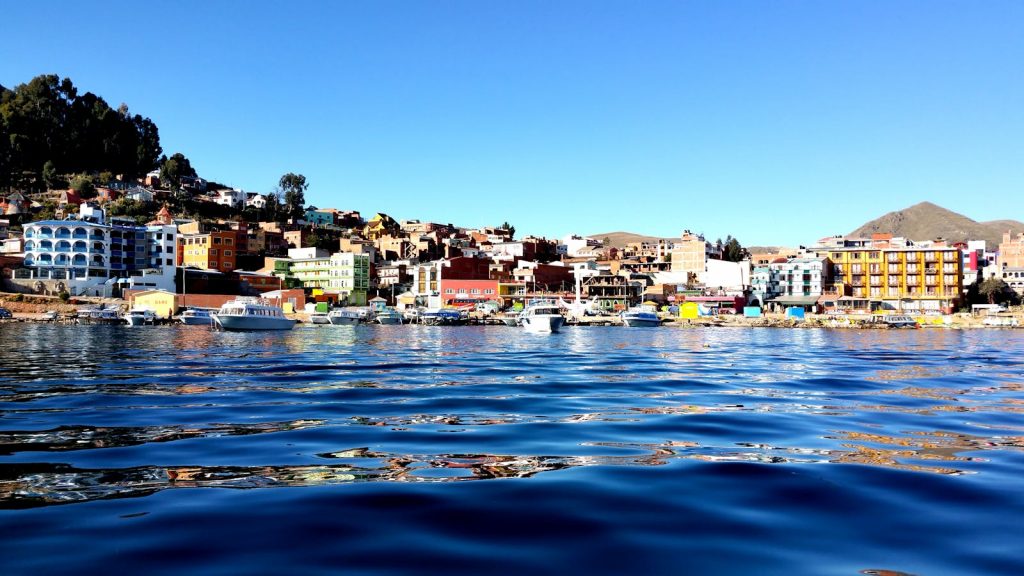
The Amazon Rainforest: A Treasure Trove of Biodiversity
Bolivia shares a portion of the Amazon rainforest, one of the most biodiverse regions on the planet. Take a boat trip along the mighty Amazon River, venture deep into the jungle, and encounter an astounding array of wildlife, including jaguars, monkeys, colorful birds, and unique plant species. Engage with indigenous communities to learn about their sustainable way of life.
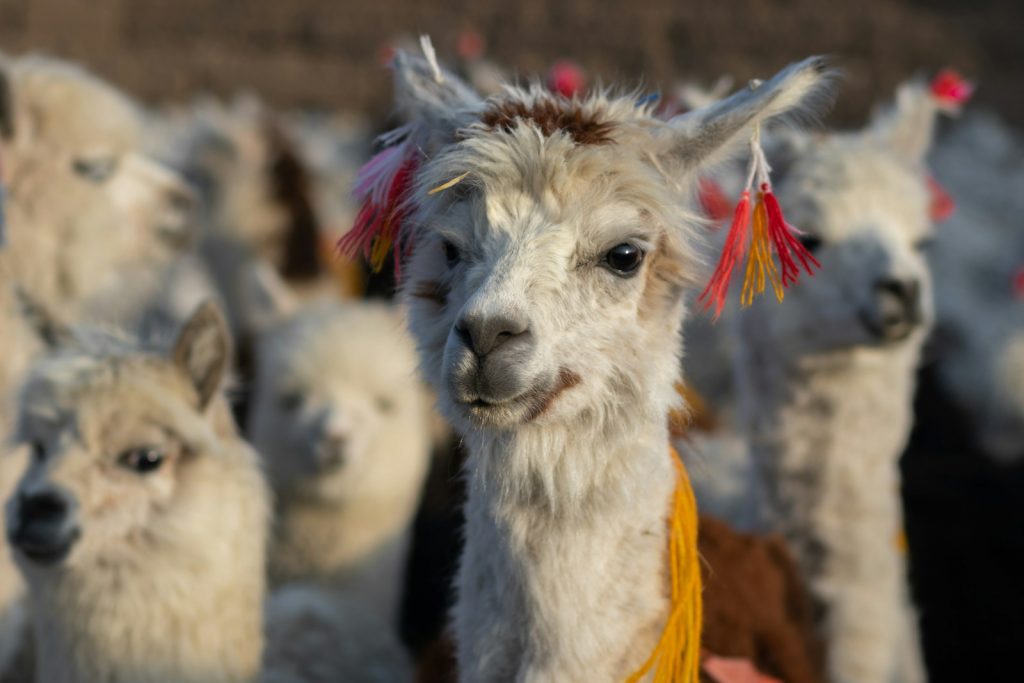
Salar de Uyuni: A Surreal Salt Flat Experience
The otherworldly Salar de Uyuni, the largest salt flat on Earth, is a natural wonder that must be seen to be believed. Step onto the seemingly infinite white expanse, and watch as the landscape transforms into a mirror during the rainy season. Take captivating perspective photos on the salt flats, visit the Isla Incahuasi with its giant cacti, and witness breathtaking sunsets against the backdrop of this surreal terrain.
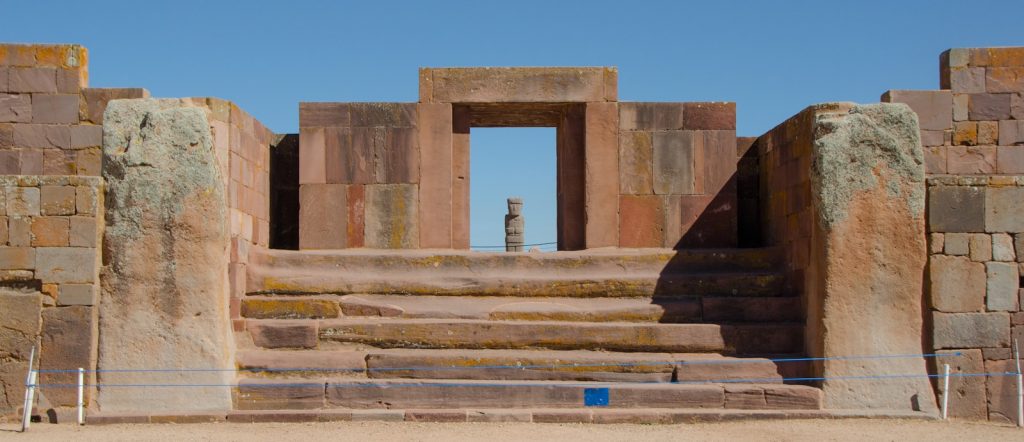
Colonial Charms: Discovering Bolivia’s Historic Cities
Bolivia’s cities are steeped in colonial history and architectural beauty. Explore the charming streets of Sucre, Bolivia’s constitutional capital, with its well-preserved colonial buildings and picturesque plazas. Discover the vibrant city of Potosí, once the wealthiest in the Americas, and visit its silver mines. In the capital city of La Paz, wander through the historic district and experience its lively markets and museums.
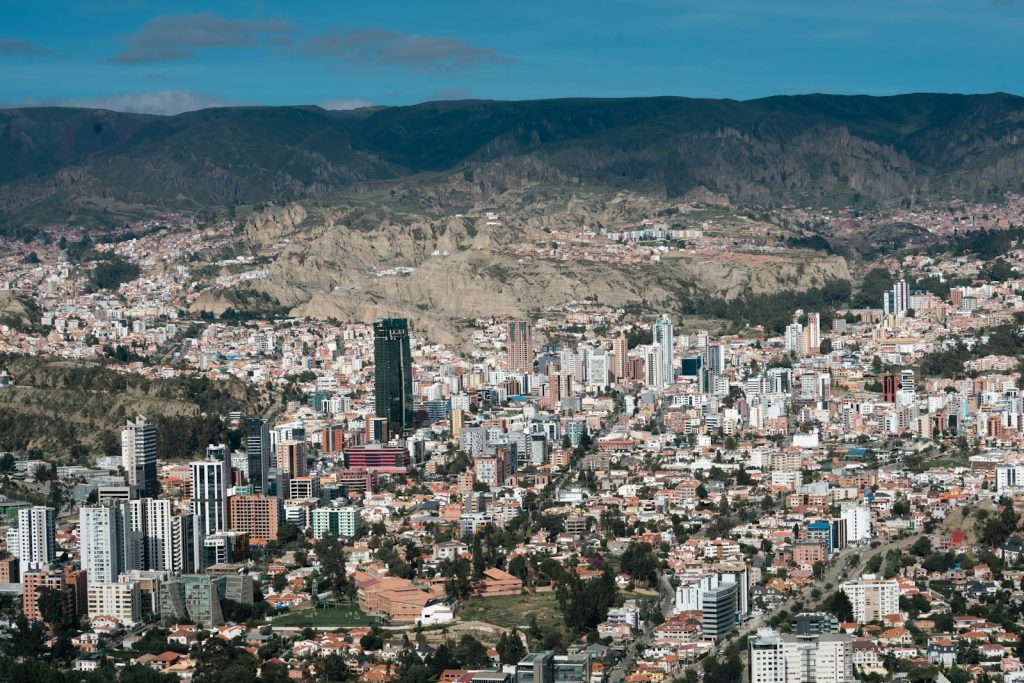
Indigenous Traditions: Experiencing Bolivia’s Vibrant Festivals
Bolivia’s indigenous communities celebrate their vibrant cultural heritage through colorful festivals and rituals. Witness the spectacle of the Oruro Carnival, a UNESCO-recognized event featuring dazzling costumes, traditional dances, and lively music. Attend the Inti Raymi, the Andean New Year celebration, or the Tinku festival, where indigenous groups gather in a ceremonial dance and combat display.
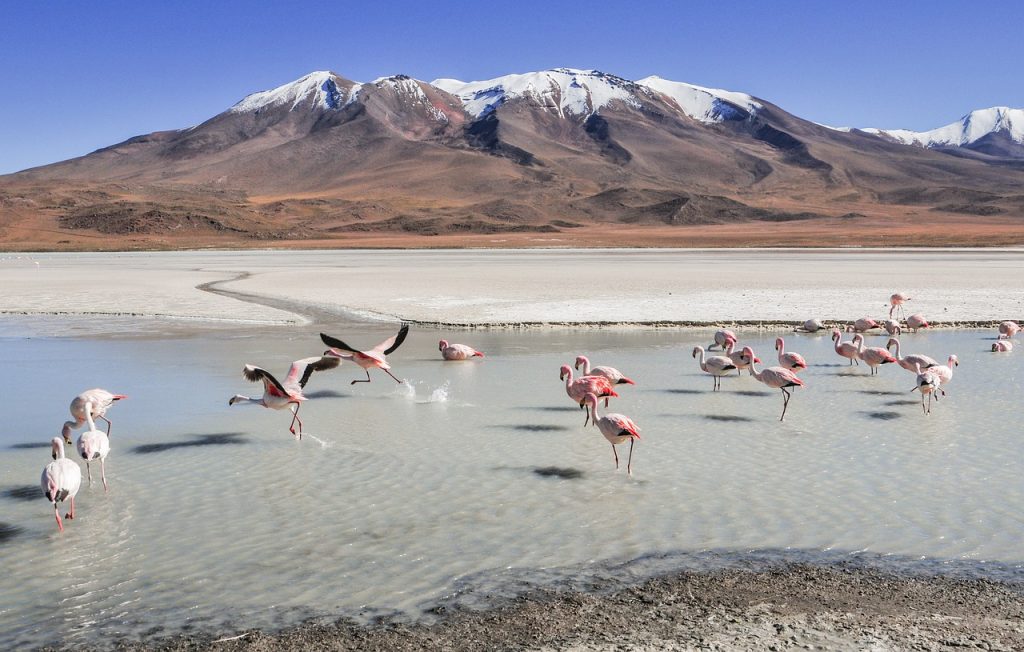
Gastronomic Delights: Tasting Bolivia’s Culinary Treasures
Bolivia’s culinary scene offers a delightful fusion of indigenous ingredients and flavors with Spanish influences. Sample traditional dishes such as salteñas (a savory pastry), anticuchos (grilled skewers), and the iconic dish, salteña. Don’t miss the chance to savor local delicacies like quinoa, llama meat, and chuño (freeze-dried potatoes). Wash it with refreshing beverages like api (a purple corn drink) or singani (a grape-based spirit).
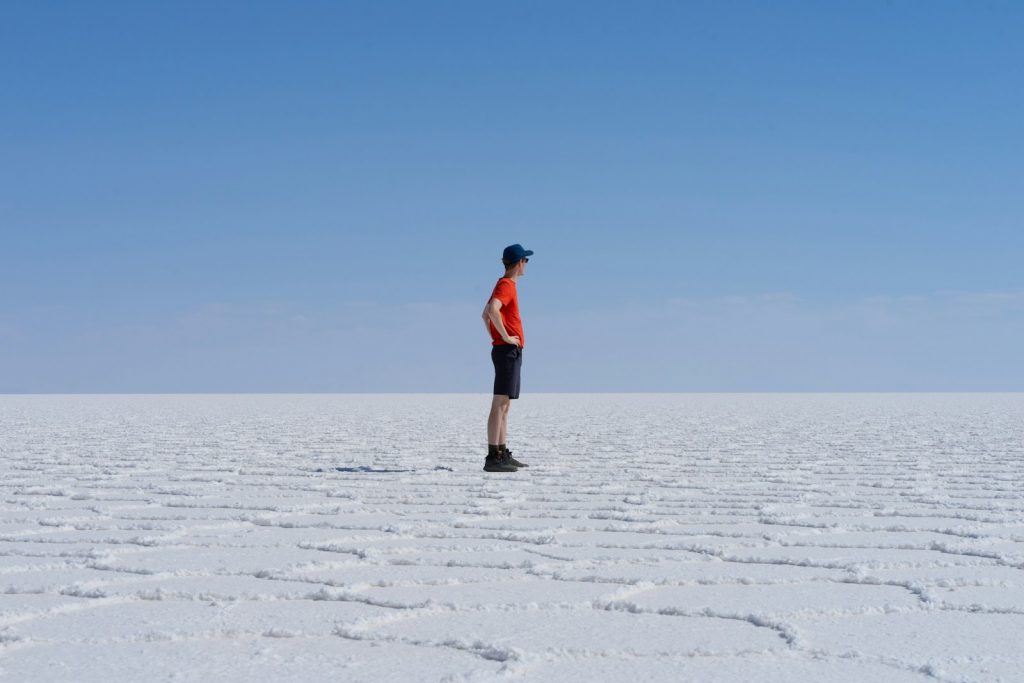
Sustainable Tourism: Preserving Bolivia’s Unique Heritage
As you explore Bolivia, being mindful of the environment and supporting sustainable tourism initiatives is essential. Engage with local communities, respect their customs and traditions, and opt for eco-friendly accommodations. Participate in responsible wildlife tours and contribute to preserving Bolivia’s fragile ecosystems, ensuring the country’s natural and cultural heritage endures for future generations.
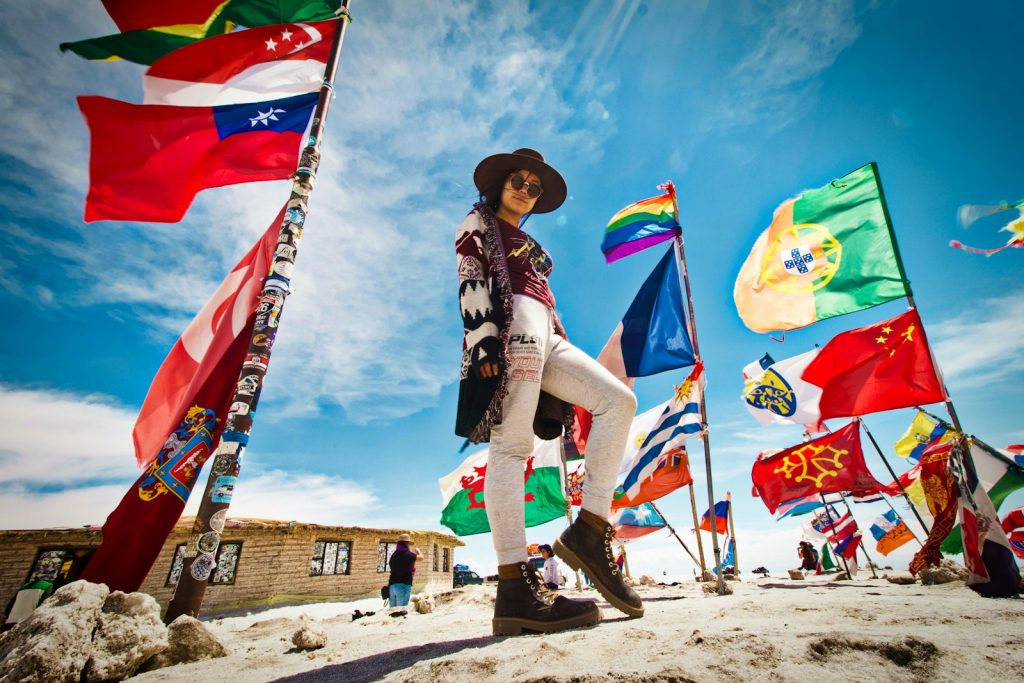
Conclusion:
Bolivia offers a captivating blend of natural beauty, cultural richness, and adventure. From the Andes’ mystical landscapes to the Amazon’s enchanting rainforests, Bolivia presents many experiences for every traveler. Immerse yourself in its vibrant festivals, indulge in its culinary delights, and embark on an unforgettable journey through this remarkable South American gem. Bolivia truly is a destination that will leave you amazed and inspired.
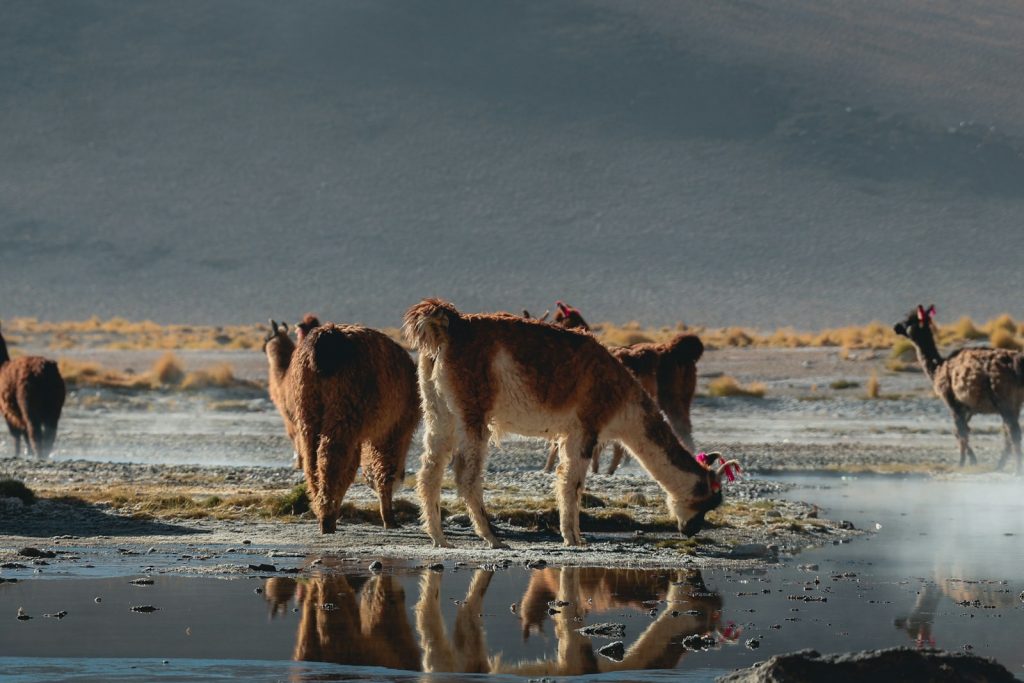
FAQ
Q: Where is Bolivia located?
A: Bolivia is located in the heart of South America. Brazil borders it to the north and east, Paraguay and Argentina to the south, and Chile and Peru to the west.
Q: What is the capital city of Bolivia?
A: Bolivia’s capital city is Sucre, also the constitutional capital. However, the seat of government is La Paz, the largest city and the administrative capital.
Q: What is the official language of Bolivia?
A: The official language of Bolivia is Spanish. However, several indigenous languages, including Quechua and Aymara, are spoken throughout the country.
Q: What are some popular tourist destinations in Bolivia?
A: Bolivia is known for its diverse natural landscapes and cultural attractions. Popular tourist destinations include Salar de Uyuni (the largest salt flat in the world), Lake Titicaca (the highest navigable lake), the cities of La Paz and Sucre, the Amazon rainforest, and the historic site of Tiwanaku.
Q: Is Bolivia a safe country to visit?
A: Like any travel destination, it is essential to exercise caution and be aware of your surroundings while visiting Bolivia. While most visits to Bolivia are trouble-free, taking standard safety precautions, such as avoiding isolated areas at night, using reputable tour operators, and keeping an eye on your belongings, is advisable.
Q: What is the currency used in Bolivia?
A: Bolivian Boliviano (BOB) is the currency used in Bolivia. It is recommended to exchange money at banks or authorized exchange offices.
Q: Are there any visa requirements for visiting Bolivia?
A: Visa requirements for Bolivia vary depending on your nationality. Some countries may enter Bolivia without a visa for a specified period, while others may require a permit in advance. It is advisable to check with the Bolivian embassy or consulate in your country for the most up-to-date visa information.
Q: What is the climate like in Bolivia?
A: Bolivia’s climate varies significantly depending on the region and altitude. The country has a combination of tropical, subtropical, and highland climates. Generally, the highland areas have cooler temperatures, while the lowland areas, such as the Amazon basin, have a hot and humid environment.
Q: What are some traditional dishes in Bolivia?
A: Bolivia has a rich culinary tradition. Traditional dishes include salteñas (a savory pastry), anticuchos (grilled skewers), llama meat dishes, chuño (freeze-dried potatoes), and dishes made with quinoa, a nutritious grain native to the Andean region.
Q: Can I visit the Amazon rainforest in Bolivia?
A: Yes, Bolivia is home to a portion of the Amazon rainforest. The Madidi National Park and the Pampas region are popular destinations for exploring the Bolivian Amazon. Several eco-lodges and tour operators offer the region’s guided tours and wildlife experiences.
Please note that the information provided is based on general knowledge and may be subject to change. Before traveling to Bolivia, checking with the relevant authorities or seeking professional advice for the most up-to-date and accurate information is always recommended.


